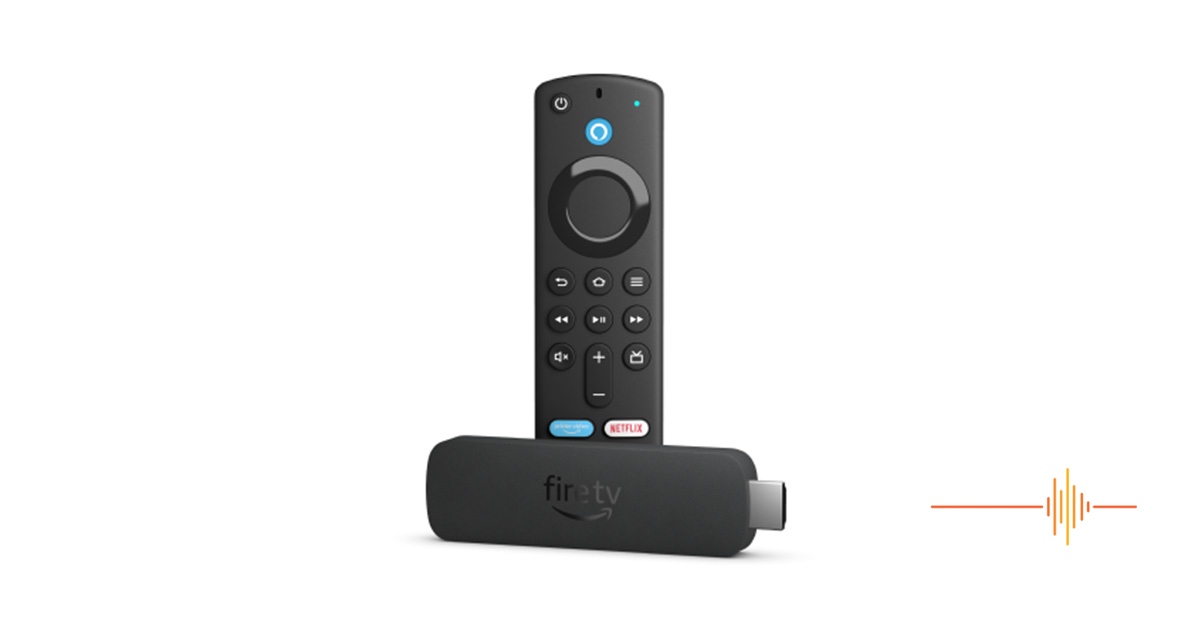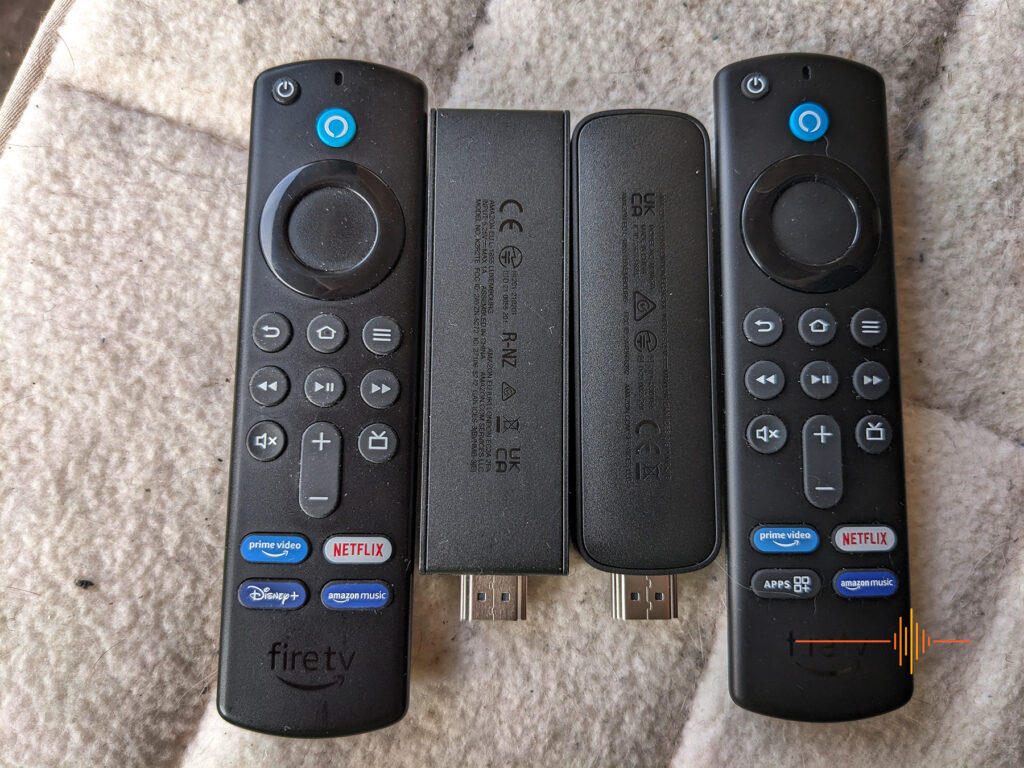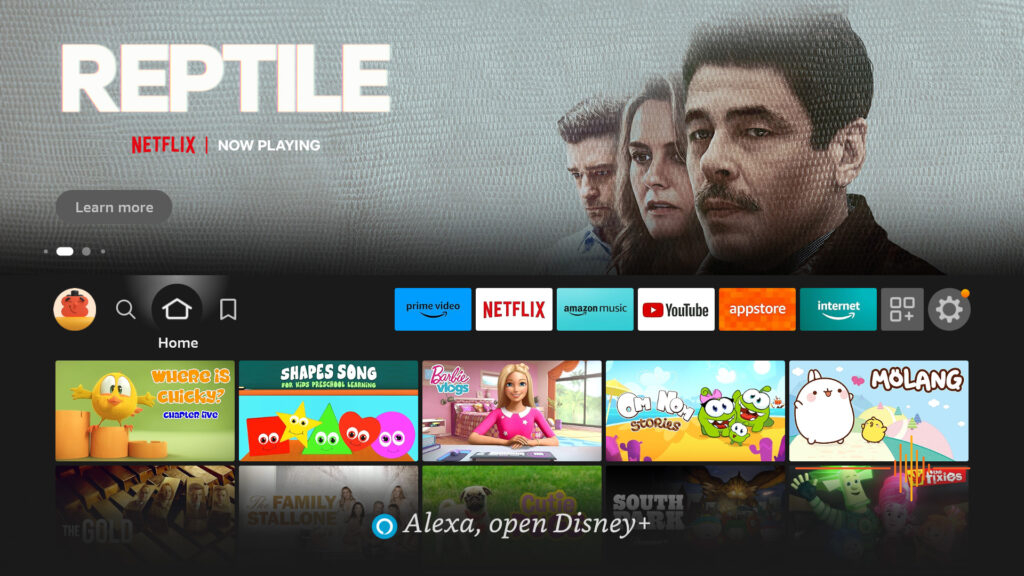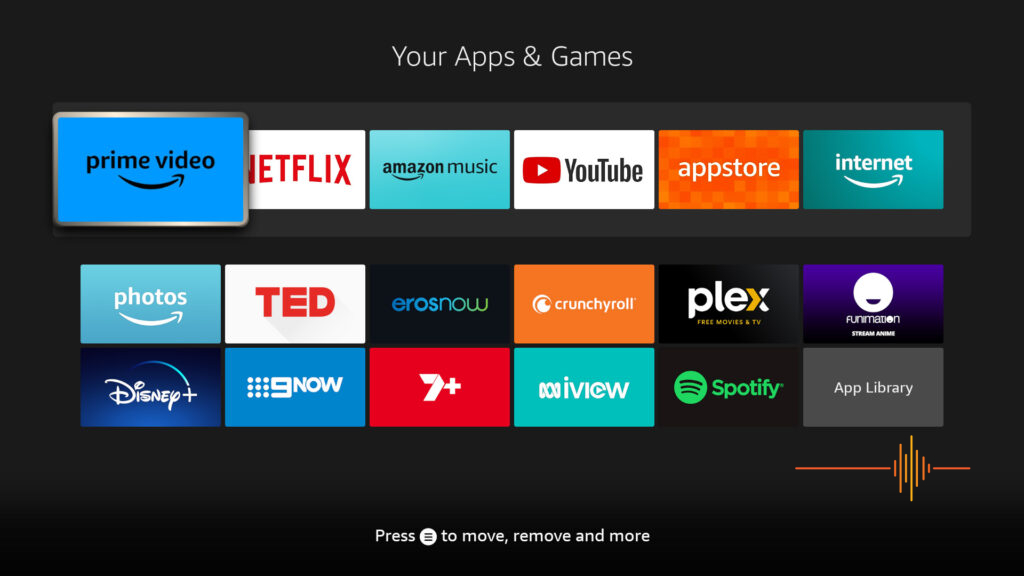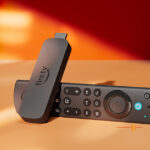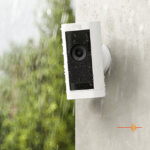The second generation Amazon Fire TV Stick 4K came along with a slew of new product announcements from Amazon. We thought we would jump on board and see what has changed.
First Impressions
I had the OG Fire TV Stick 4K Max since it’s launch in 2021, faithfully stuck into the back of my aging TV to give it a new life.
The design has remained mostly the same at first glance, that small little black monolith with the HDMI port sticking out one end. Where the OG stick was a rectangular box, the second gen has rounded corners to give some visual differences.
The remote are almost identical, except for the bottom left button being “Apps” instead of Disney+. Everything else has remained the same.
Technical Differences
I am moving from a Fire TV 4K Max OG to a Fire TV 4K second gen, so it really is not an apples to apples comparison. I had to dig into the Amazon developer site to get the specifications and metrics, as they claim the Fire TV Stick 4K (second gen) is nearly 30% more powerful than the previous generation.
On their comparison table:
| Feature | Fire TV Stick 4K – 1st Gen | Fire TV Stick 4K – 2nd Gen |
| Release year | 2018 | 2023 |
| Android version | Android 7.1 | Android 11 |
| Fire OS Version | Fire OS 6 | Fire OS 8 |
| CPU | Quad Core 1.7 GHz | 4x ARM Cortext – A55 up to 1.7 GHz |
| GPU | GE9215 up to 650 MHz | GE9215 up to 650 MHz |
| Flash RAM | 1.5GB DDR4 | 2GB LPDDR4 |
| Audio Codec | Dolby Atmos, Dolby Digital (AC3), Dolby Digital Plus (aAC3), AAC-LC, HE-AACv1 (AAC+), HE-AACv2 (enhanced AAC+), FLAC, MIDI, MP3, Vorbis, PCM/Wave, AMR-NB, Opus | Dolby MAT, Dolby Atmos, Dolby Digital (AC3), Dolby Digital Plus (aAC3), DTS passthrough,DTS-HD passthrough, HE-AACv1 (AAC+), HE-AACv2 (enhanced AAC+), AAC ELD,xHE-AAC, FLAC, MIDI, MP3, Vorbis, PCM/Wave, AMR-NB, Opus |
| Video Codec | H.265 (HEVC), H.264 (AVC), VP9, VP8, MPEG-4, MPEG-2 | H.265 (HEVC), H.264 (AVC), VP9, VP8, MPEG-4, MPEG-2, AV1 |
| Bluetooth | Bluetooth 5.0 | Bluetooth 5.2 + BLE |
| Wi-Fi | 802.11 a/b/g/n/ac; 2×2 MIMO (2.4 GHz and 5.0 GHz dual band) | Wi-FI 6: 802.11 a/b/g/n/ac/ax (2.4 GHz, 5.0 dual band) |
| Storage | 8 GB | 8 GB |
So going from the first gen to second gen Fire TV Stick 4K gives you a little more CPU gains as marketed, a little more RAM with better power efficiency, newer Bluetooth profile and Wi-Fi 6 support.
| Feature | Fire TV Stick 4K Max – 1st Gen | Fire TV Stick 4K – 2nd Gen |
| Release year | 2021 | 2023 |
| Android version | Android 9 | Android 11 |
| Fire OS Version | Fire OS 7 | Fire OS 8 |
| CPU | Quad-Core 1.8 GHz | 4x ARM Cortex – A55 up to 1.7 GHz |
| GPU | IMG GE9215 750MHz | GE9215 up to 650 MHz |
| Flash RAM | 2GB DDR4 | 2GB LPDDR4 |
| Audio Codec | Dolby Atmos, Dolby Digital (AC3), Dolby Digital Plus (aAC3), AAC-LC, HE-AACv1 (AAC+), HE-AACv2 (enhanced AAC+), FLAC, MIDI, MP3, Vorbis, PCM/Wave, AMR-NB, Opus | Dolby MAT, Dolby Atmos, Dolby Digital (AC3), Dolby Digital Plus (aAC3), DTS passthrough,DTS-HD passthrough, HE-AACv1 (AAC+), HE-AACv2 (enhanced AAC+), AAC ELD,xHE-AAC, FLAC, MIDI, MP3, Vorbis, PCM/Wave, AMR-NB, Opus |
| Video Codec | H.265 (HEVC), H.264 (AVC), VP9, VP8, MPEG-4, MPEG-2 | H.265 (HEVC), H.264 (AVC), VP9, VP8, MPEG-4, MPEG-2, AV1 |
| Bluetooth | Bluetooth 5.0 | Bluetooth 5.2 + BLE |
| Wi-Fi | Wi-Fi 6: 802.11 a/b/g/n/ac; 2×2 MIMO (2.4 GHz and 5.0 GHz dual band) | Wi-Fi 6: 802.11 a/b/g/n/ac/ax (2.4 GHz, 5.0 dual band) |
| Storage | 8 GB | 8 GB |
But from where I am coming from, I am stepping backwards in CPU, GPU and no Wi-Fi MIMO support. I do gain some additional video and audio codec support.
In Use
Getting the Fire TV Stick going is really simple, even for first timers.
At first start up, it will need you to pair the remote to the device which is as difficult as pressing the home button on the remote.
You do need an Amazon account to sign in. If you have your old unit backed up with Amazon, you can opt to restore it. Noting that it doesn’t restore all your passwords to other streaming services such as Netflix and Disney+.
The Fire OS interface has not changed, as simple and familiar as ever. Let’s be honest here though, the interface is thinly veiled advertising for shows on Amazon Prime but can’t exactly fault them for being Amazon-centric.
All in all, to get the Fire TV Stick 4K up and running just like I had with the old one took less than 10 minutes including redownloading all the apps. My partner who is having fun travelling overseas won’t notice any difference upon her return.
All the features I have previously covered like Picture-in-Picture view, such as keeping an eye on the home security while I watch TV is a staple feature.
Something to note though, is that although on paper I have stepped backwards in hardware power, it made no different to my actual user experience.
Other Features
Amazon has a new Fire TV search experience which combines generative AI with Fire TV’s extensive entertainment content and app library, so that you can find content with Alexa in a more natural and conversational way. They claim that it is like asking a friend for the best recommendations.
There is also going to be a new “Continue Watching” row on Fire TV that combines your recently watched content across your favorite streaming providers, all in one place, putting the movies and TV shows you care about front and center so you can stop searching and scrolling and start streaming.
The bad news are, neither of these features are currently available and will only make it to your device if you are in the US via OTA update “later this year”.
Feature Request
Hey Amazon, can I tell my Alexa to ping my remote pretty please? My daughter loves to hide it and it would be amazing to say “Alexa, ping my remote” and it chirps at me?
Gripes
Looking back at my gripes for the Fire TV 4K Max 1st gen, I still have the same complaints.
I dearly wish for my home to be USB-C only, but a handful of devices are stubbornly micro-USB, including the latest Fire TV 4K 2nd gen.
Bluetooth is still limit to single device, so I can’t just have two people listening loudly on noise cancelling headphones and not disturb the child (not Grogu).
In the Box
It is good to see that Amazon still includes everything in the box to get you working.
There is of course, the main event, the Fire TV Stick 4K.
Also included is the USB-A to micro-USB cable, and a 9.0W power adapter and a short HDMI extender that is handy if you can’t plug the unit directly into the TV for whatever reason, such as space restriction.
Conclusions
The Amazon Fire TV Sticks are definitely one of the tech many of the editors at DRN have. They are immensely portable and convenient, take them with you if you are travelling (just don’t forget to grab the remote too). They give old TV with perfectly working screens a new life by replacing their weak point. For example my Bravia’s networking module is pretty cactus, so the Fire TV Stick allows me to completely bypasses it.
On top of that the Fire TV Sticks are very affordable, with the 4K version being AUD$79 and the 4K Max for AUD$119. It beats spending a few hundred or a few thousand for a new TV with a fixed chipset for a few years.
The big question is, should you upgrade to the latest generation? You certainly would have no reason to move from a Fire TV Stick 4K Max as I have. Would you go from a OG 4K to the 4K 2nd gen? Truthfully only if you can take advantage of the Wi-Fi 6 support.
The Amazon Fire TV Stick 4K (Max) 2nd gen are great media streamers at great prices, and if you are in the market for one then it really should be at the top of the list for consideration.
DRN would like to thank Amazon for providing the review unit.


